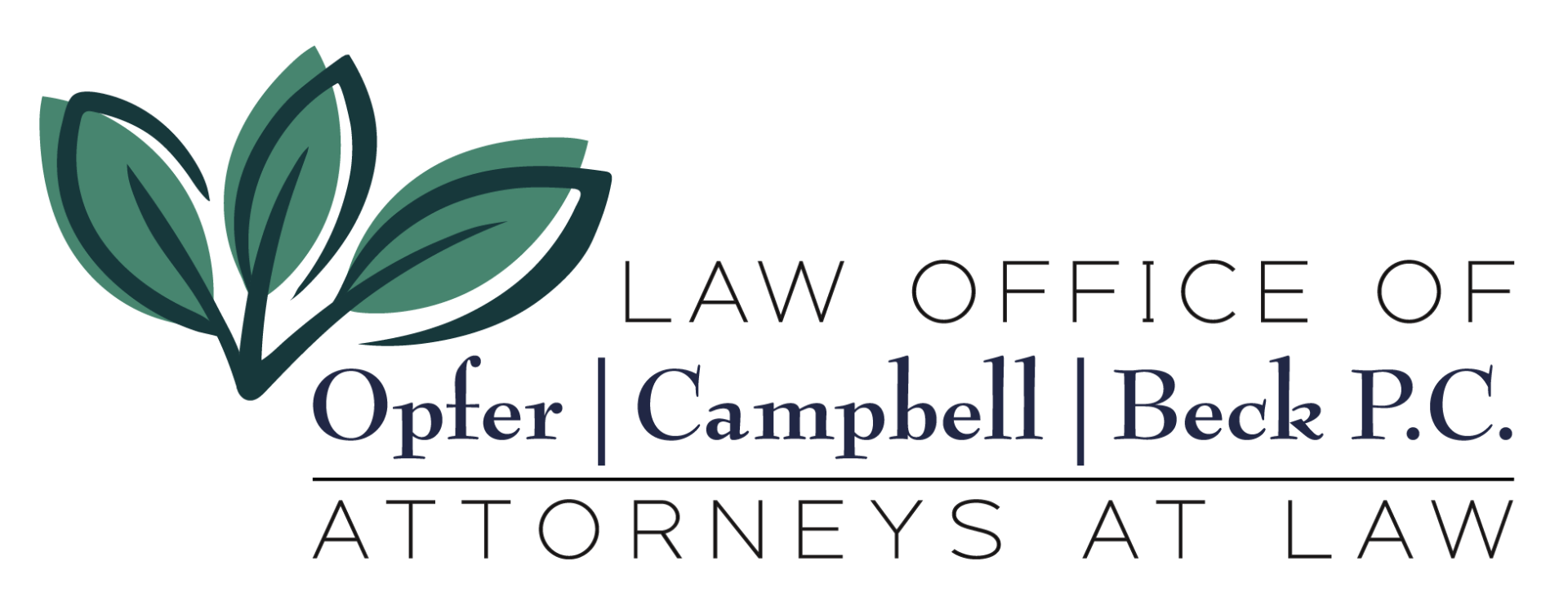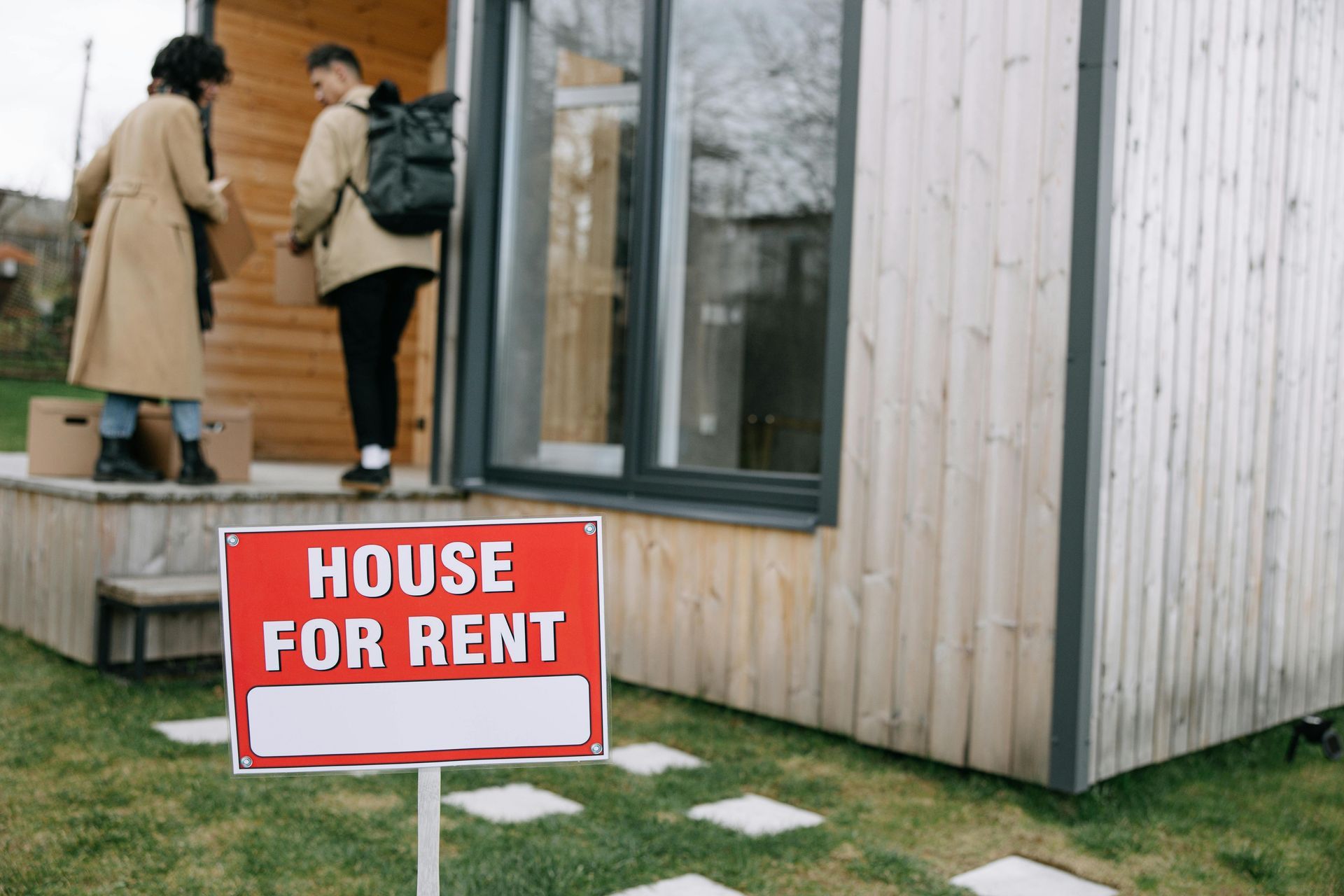Practice Areas
Understanding HOA Governing Documents
CC&Rs, Articles of Incorporation, Bylaws, Policies, and Architectural Guidelines

For any Colorado homeowner living within a community governed by a Homeowners' Association (HOA) and for those serving on the HOA board, understanding the various governing documents is essential. These documents outline the rules, responsibilities, and legal framework that shape the relationship between homeowners and the HOA. Here, we will break down the most important documents: Covenants, Conditions, and Restrictions (CC&Rs), Articles of Incorporation, Bylaws, Policies, and Architectural Guidelines.
Before we begin, it is imperative that homeowners and board members understand the hierarchy of laws and documents within an association. The hierarchy from most to least authoritative is as follows: Federal Law and State Law, Recorded Plat or Map, Declaration of Covenants (CC&Rs), Articles of Incorporation, Bylaws, and Operating Rules and Regulations (Architectural Guidelines, Policies, Procedures, Resolutions, etc.).
Declaration of Covenants, Conditions, and Restrictions (CC&Rs)
CC&Rs, sometimes just call the declaration, are the foundational rules and restrictions governing the community. These are typically recorded with the county and apply to all properties within the HOA. The CC&Rs address a wide range of topics, such as:
· Property Use: Restrictions on how properties can be used, such as whether homes can be rented or used for business purposes.
· Maintenance Standards: Rules regarding the upkeep of homes and common areas to maintain the community's appearance and property values.
· Architectural Controls (not to be confused with Architectural Guidelines): Requirements on what changes homeowners can make to their homes, such as exterior paint colors or landscaping.
The CC&Rs are enforceable legal documents that protect the community’s aesthetics and harmony. They are binding on all property owners and often have provisions that allow for fines or legal action in cases of violation. Think of the CC&Rs as a contract between homeowners and each other and homeowners and the association.
In the context of Homeowners' Associations (HOAs), **plats** and **maps** are crucial documents that provide detailed information about the physical layout and boundaries of the community. Here's a breakdown of each:
Plats and Maps
A plat is a formal, legally recorded document that shows the division of a large piece of land into smaller lots, typically for development purposes. For HOAs, plats contain critical information such as:
· Lot Boundaries: It identifies individual properties and their boundaries.
· Common Areas: The location of shared spaces like parks, roads, or recreational facilities managed by the HOA.
· Easements: Areas reserved for utilities or access, which may impact how homeowners can use their property.
· Roadways: Public or private streets within the community.
Plats are often submitted to local government agencies for approval before any development occurs and are then recorded with the county clerk's office. They help ensure compliance with zoning laws and other regulations.
Maps, often included as part of the plat or as a separate document, provide a visual representation of the community’s layout. In Colorado, maps mainly cover vertical space In HOA communities and can serve several purposes:
· Visual Aid: They help residents and potential buyers understand the location of homes, common areas, and amenities as they relate to vertical spaces in areas such as condominiums or townhomes.
· Boundary Clarity: Maps can help resolve disputes by clearly showing homeowner-maintained areas and the location of HOA-maintained areas.
· Utility Planning: Maps show where utilities (like water, electricity, and sewage) are located.
Both plats and maps are foundational to the governance of an HOA community. They not only establish legal boundaries but also influence how the HOA manages property maintenance, assesses fees, and enforces architectural guidelines. For any disputes regarding property lines or common areas, plats and maps provide a definitive reference point. By understanding these documents, both HOA boards and homeowners can better manage their properties and the community as a whole.
Articles of Incorporation
The Articles of Incorporation establish the HOA as a legal entity, typically as a nonprofit corporation under Colorado law. Filed with the Colorado Secretary of State, this document includes basic information such as:
· Name and Purpose of the HOA: The formal name of the association and its primary purpose, such as maintaining common areas and enforcing the community’s rules.
· Incorporators: The individuals who established the HOA.
· Powers of the Association: The authority granted to the HOA, such as the ability to levy assessments, enforce rules, and manage common areas.
The Articles of Incorporation are required for the HOA to operate legally and provide a framework for its legal status and general purpose. Although high in the hierarchy, the Articles of Incorporation provide little in the way of governance and day-to-day operational requirements.
Bylaws
Bylaws are the internal operating rules of the HOA, dictating how the organization is run. While the CC&Rs focus on the rights and responsibilities of homeowners, the bylaws focus on the functioning of the HOA itself as an entity. Key provisions in the bylaws typically include:
· Board of Directors: The composition of the board, how members are elected, their terms, and their responsibilities.
· Meetings: Rules regarding annual meetings, board meetings, and quorum requirements for decision-making.
· Voting Procedures: How homeowners vote on HOA matters, such as elections or amendments to the governing documents.
The bylaws help ensure that the HOA operates smoothly and transparently, providing a structure for governance and decision-making.
Policies and Rules
In addition to the core governing documents, HOAs often adopt policies and rules that provide more specific guidance on certain matters. These policies are typically adopted by the board and may cover:
· Assessment Collection: Procedures for collecting dues, late fees, and handling delinquent accounts.
· Fines and Enforcement: Guidelines on how the HOA enforces its rules, including the imposition of fines for violations.
· Use of Common Areas: Rules regarding the use of amenities such as pools, clubhouses, or parks.
Policies are more easily amended than the CC&Rs or bylaws and allow the HOA to address evolving community needs or legal requirements. There are also certain policies that are required under the Colorado Common Interest Ownership Act (CCIOA) § 38-33.3-209.5. This section of CCIOA is extremely complicated and lays out the required policies for all HOAs. There are 11 required policies arising from this section of CCIOA. At Opfer | Campbell | Beck P.C. we offer all 11 pre-written policies to our HOA clients free of charge and include an additional 6 recommended policies. All an association has to do is fill in the blanks. While other firms charge hundreds if not thousands of dollars for these policies, we do not believe in charging for work that has already been done.
Architectural Guidelines
Architectural Guidelines are a critical part of maintaining the aesthetic consistency of a community. These guidelines are often referenced in the CC&Rs but may also be a standalone document under the “Policies and Rules” category. If not enumerated in the CC&Rs, these policies can expand or explain the language in the CC&Rs but cannot be more restrictive than the CC&Rs; remember the hierarchy.
Architectural Guidelines govern:
· Exterior Changes: Requirements for making alterations to the exterior of a home, such as adding fences, patios, or satellite dishes.
· Review Process: How homeowners must submit proposals for changes and the process by which the HOA reviews and approves or denies them.
· Aesthetic Standards: The specific design standards the community follows, such as approved paint colors, types of landscaping, or window treatments.
These guidelines are meant to preserve the community’s appearance, protect property values, and ensure any changes are in line with the community’s standards.
Conclusion
HOA governing documents - CC&Rs, Bylaws, Articles of Incorporation, Policies, and Architectural Guidelines - are crucial in defining how a community operates and how residents interact within it. Understanding each document’s role ensures that both the HOA board and homeowners comply with Colorado laws and maintain a harmonious living environment. If your HOA needs to update or amend any of these documents, it is wise to consult legal counsel to ensure compliance with the Colorado Common Interest Ownership Act (CCIOA) and other applicable laws.
For more in-depth guidance on HOA matters, such as amending and updating your governing documents, contact our law firm for expert legal advice tailored to your community’s specific needs. At Opfer | Campbell | Beck P.C. we offer free consultations and pride ourselves in bringing the “community” back to community association law.












